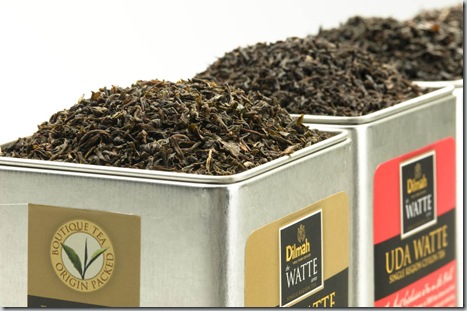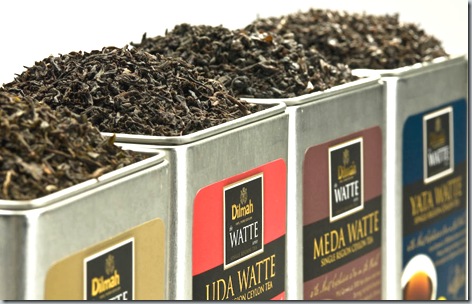Having marvelled at the ingenuity of ‘teamen’ who proclaim their disdain for certain grades of tea, little realising that the grade – which refers to the size of the leaf and therefore to the strength and character of the brew – is not a measure of quality, I felt a little clarity may be helpful to tea aficionados.
A well propagated myth existed some years ago which linked tea leaf harvested from different parts of the tea bush – Camellia Sinensis – to the different grades of tea. This myth was even detailed in textbooks in Eastern Europe, supported by diagrams showing the top leaves of the bush being the origin of the highest quality leaf, with the mid and lower being other grades of lower quality.
Nature, and therefore tea, is complex as one would expect from a herb with infinite variation in taste, colour, aroma, appearance and strength. The reality behind the grades of tea is though a little different to what this particular myth suggests. Tea is handpicked in Sri Lanka, machine picked in many other countries, and all the ‘flush’ is placed in a basket or other container together. There is no separation of the leaf, except in the case of White Tea where only the buds are handpicked.
It is at the end of the manufacture of tea that the grades – Pekoe, Broken Orange Pekoe, Flowery Pekoe and so on, are determined, in a sifting process which separates the tea by size of leaf. It’s really quite simple. This also means that the different grades, originating from the same harvest, and same manufacturing process, cannot be termed good or bad according to size. As much as you would get good or bad Pekoe (leafy teas), the same is true for Dust.
What does vary though is the intensity of flavour, strength and other factors like aroma, texture.Let size not restrict your adventure in tea for each grade has its moment. If you like your tea strong, possibly with a dash of milk, take a finer grade, whilst if your desire is for a mellow tea, a bolder leaf will meet that more closely. The variety in tea across the terroir of tea grown at different elevations and estates, and the grade of leaf, is the essence of the enjoyment of this blessed leaf.

